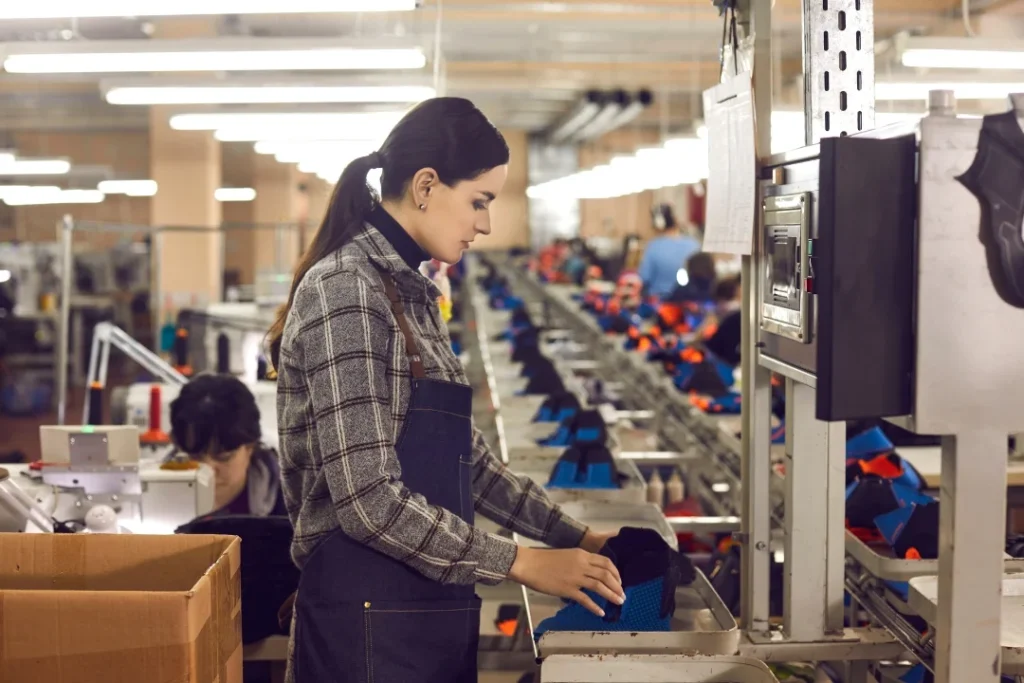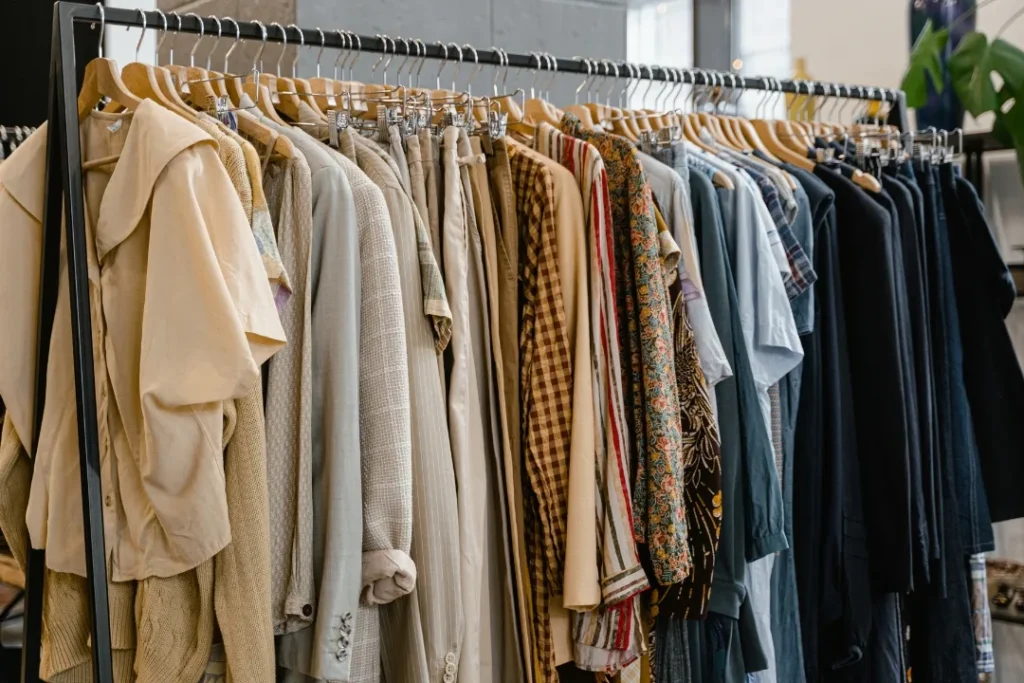Difference Between Manufacturer and Distributor in Pakistan: Make Better Business Choices and Streamline Your Supply Chain
Are your products stuck in your warehouse while retailers complain they’re out of stock?
Perhaps you’ve poured energy into production, but grocery stores in Karachi, Lahore, or Peshawar still report inconsistent deliveries. That type of logjam drains trust, cuts revenue, and leaves potential customers standing empty‑handed. And that frustration? It often comes from not recognizing the true Difference between manufacturer and distributor in Pakistan, and how treating both roles as one can break the chain from factory to market.
Here’s the good news: once you truly grasp the Difference between manufacturer and distributor in Pakistan, you unlock smoother logistics, better market coverage, and stronger partnerships. You’ll see how a makers‑focused team and a market‑focused team work side by side. You’ll learn what each party brings to the table, how responsibilities are split, and how that split turns into growth. Follow along, I’ll show you how each role translates into sales, reach, and reliable delivery across Pakistan.
Who Does What: Manufacturer vs Distributor

The Role of a Manufacturer
Think of the manufacturer as the engine room:
- They buy raw materials (like cotton, chemicals, dairy supplies)
- Set up production lines and quality control labs.
- Develop packaging, test durability, and meet regulatory standards.
- Feed inventory into warehouses ready for dispatch.
A manufacturer takes care of creation, not delivery. Factories in Sialkot, Karachi, or Faisalabad focus on output, batch consistency, and cost‑effective scaling. Asking a maker to manage deliveries to Peshawar or Islamabad adds work beyond their core strength, and that mismatch erodes efficiency.
The Role of a Distributor
A distributor is the bridge between product and shelf:
- Purchases finished goods from the factory
- Houses inventory in strategically located warehouses
- Employs sales teams to reach retailers in towns and cities
- Handles transport logistics, returns, credit, and local promotions
Distributors invest in routes, storage space, and retail relationships, not silk or machinery. They manage last‑mile delivery, customer service, and regional stock distribution. Without this specialized effort, your product stays unseen.

Fifteen Clear Differences: At a Glance
When people focus on the Difference between manufacturer and distributor in Pakistan, this table highlights the split
|
Area
|
Area Manufacturer
|
Distributor
|
|---|---|---|
|
Labor (operator + helper)
|
4.19
|
As per the CMT labor formula
|
|
Utility & Overhead (20%)
|
0.84
|
Avg. factory overhead rate
|
|
Button
|
5.00
|
External trim cost
|
|
Hang tag/label + polybag
|
7.00
|
Packing materials
|
|
QA (inline + pre-ship)
|
1.00
|
E.g., 0.40 + 0.60
|
|
Sampling allocation
|
0.20
|
One-off sample amortized
|
|
Profit margin
|
2.50
|
Approx. 20% above costs
|
|
Total CMT per unit
|
20.73
|
This is your CMT cost, not including fabric or freight
|
This transparent breakdown is exactly why calculating CMT in the garment industry in Pakistan delivers negotiating clarity and pricing control.
Real‑World Importance in Pakistan’s Market
Trust and Territory
In Pakistan, a handshake often matters as much as a contract. Manufacturer and distributor relationships depend on clear roles. If a maker tries to deliver goods without a proper network, retailers experience delays. If a distributor tries to command production details, it disrupts quality and scheduling. When that line blurs, operations get messy fast.
Recognizing the Difference between manufacturer and distributor in Pakistan lets each partner stay in their lane, so products flow, sales happen, and neither side oversteps.
Reducing Costs and Boosting Efficiency
When you let manufacturers concentrate on product, and distributors manage delivery, you avoid doubling infrastructure. The manufacturer doesn’t need cold‑chain fleets, and the distributor doesn’t need expensive R&D labs. That clarity reduces costs and improves margins.
Expanding Market Reach
Manufacturers based in Lahore can suddenly serve Balochistan, KPK, and interior Sindh by plugging into established distribution routes. Distributors get reliable factory partners for consistent supply. That synergy stems from respecting the Difference between manufacturer and distributor in Pakistan, and leaning into each strength.

A Facilitated Workflow: How It Happens
Imagine a spices factory in Hyderabad releasing a new chili powder. They:
- Finalize the batch labelling, test spice blends, package into sealed pouches
- Send pallets to central warehouse in Karachi for a chosen distributor.
- Distributor stores stock, assigns delivery vans, recruits sales agents across Punjab and Sindh.
- Deliver orders to retailers, collect payments, manage returns if bags tear, and relay feedback.
That practical split shows the Difference between manufacturer and distributor in Pakistan: one side makes product stable and safe, the other side makes it available and visible.
Perks for Manufacturers When They Keep Making
- Focus on innovation, cost control, quality standards.
- Avoid building expensive transport and sales network across provinces.
- Rely on distributors who already understand regional demands.
- React faster to market feedback on packaging, formula, or product updates.
A maker that knows its role builds better products and outsources distribution risk intelligently.


Perks for Distributors When They Embrace Their Role
- Leverage local reach and retailer trust.
- Sell multiple brands for better mix and margins.
- Handle stock levels, returns, and credit management, making life easier for manufacturers.
- Train sales reps on features and support field merchandising.
Distributors who fully commit to this role gain better negotiation power and profitable volume deals.
Common Mistakes and How to Avoid Them
Delay Disasters
When manufacturers try to run their delivery network, regional delays increase and retailers lose confidence.
Quality vs Quantity
If distributors push factories to ignore quality standards for volume, the brand hurts and long‑term sales drop.
Credit Chaos
If credit terms aren’t spelled out, manufacturers may demand full payment upfront while distributors give retailers long terms, creating cash flow blockages.
Avoid these by clearly separating duties, and honouring the Difference between manufacturer and distributor in Pakistan.
Best Practices for Seamless Partnership
- Agree on territory and exclusivity: which cities, districts, or channels distributor serves
- Share monthly forecasts with volume estimates.
- Set return policies for damaged or expired goods.
- Provide product training and promotional materials to distributor teams.
- Align on minimum order quantities and lead‑time expectations.
Build joint promotional campaigns and sampling events in local markets.

Industry Examples in Pakistan
Textile and Fashion
A garment maker in Sialkot works with distributors who supply boutique outlets in Karachi and Lahore. The maker controls fabric and quality; the distributor manages seasonal rollouts, size mixes, and garment placement.
FMCG (Food & Beverage, Snacks)
A snack producer in Gujranwala makes chips and biscuits. National distributors handle Karachi, Islamabad, and interior provinces, with logistics, sampling stalls, and retailer shelf placement.
Pharmaceuticals
Drug makers in Karachi ensure GMP compliance, register products with authorities, then distribute through licensed pharma distributors who maintain cold‑chain, delivery permits, and drug licenses in each province.

What to Look For When Choosing Partners
- Track record – Which SKUs and territories have they covered before? Ask retailers or sub‑distributors.
- Logistics strength – Do they have proper warehousing, transport vehicles, or cold‑chain if needed?
- Financial health – Are their payment cycles stable? Do they meet credit expectations?
- Market coverage – Are they present in your target provinces or city areas?
- Marketing support – Do they have field teams, display capability, and promotional reach?
Attentive selection reinforces the Difference between manufacturer and distributor in Pakistan and ensures aligned success.
Collaboration Tips That Make a Difference
- Use shared dashboards to sync stock and demand.
- Hold regular video or in‑market review meetings.
- Send product supervisors to train distributor staff.
- Launch co‑branded promotions or sampling drives
- Share consumer feedback and retailer complaints for continuous improvement.
That ongoing coordination capitalizes on the Difference between manufacturer and distributor in Pakistan, and transforms it into a competitive advantage.


Financial Insight: Why Division of Labor Pays
When each party plays its role:
- Manufacturers avoid logistics capital, focus capital expenditure on production
- Distributors avoid equipment costs, focus on market coverage.
- Less overlapping investment, fewer duplication costs
- Faster replenishment, fewer spoiled goods, better turnover
- Higher ROI for both parties
This smart handoff turns structural clarity into bottom‑line growth.
E‑Commerce and Changing Landscape
Today, some manufacturers sell online directly via their site or marketplace. However:
- Last‑mile delivery often still relies on distributors or logistic partners
- Distributors adapt to e‑retail by providing fulfilment and delivery infrastructure.
- Software tools now link stock levels in real time, reducing overstock and understock.
That shift shows that the Difference between manufacturer and distributor in Pakistan still matters, even online. The functions evolve, but the separation remains essential.


Summary Points to Remember
- The Difference between manufacturer and distributor in Pakistan is about creation vs delivery.
- Manufacturers spend on production; distributors focus on logistics and market access.
- Clear roles avoid inefficiencies in quality, delivery, credit, and investment.
- Smart contracts define territory, targets, returns, and promotional collaboration.
- Both roles succeed when they respect each other’s domain, and collaborate where needed.
A Snapshot Case Story: Flour Mill Example
Karachi Flour Mills Ltd. produces fine wheat flour. They partner with a distributor covering Punjab and Sindh. The mill ensures hygiene, batch testing, and consistent packaging. The distributor:
- Manages storage in Karachi and Lahore
- Delivers monthly consignments to sub‑distributors in small towns
- Supplies retail stores and grocery outlets
- Handles expired‑stock returns and keeps shelves stocked
By dividing work exactly along production and market lines, they expand reach quickly while protecting quality and brand image.

FREQUENTLY ASKED QUESTIONS
Retail distribution requires trusted relationships, delivery routes, and service capacity, things most factories don’t build in every region. It’s more efficient to let distributors handle that.
Yes, but they then must manage manufacturing, warehousing, logistics, and sales teams across cities. That becomes expensive and operationally heavy.
Often disagreements arise over undefined territory, unclear payment cycles, or product quality expectations. When roles overlap, confusion and frustration grow.
Partnerships usually include a clause for damaged or expired goods. The distributor returns stock based on batch records, and the manufacturer issues credit or replacement after inspection.
Both sides focus on what they do best: producers make better products, distributors deliver those products efficiently. That clarity leads to faster growth and more satisfied customers.
